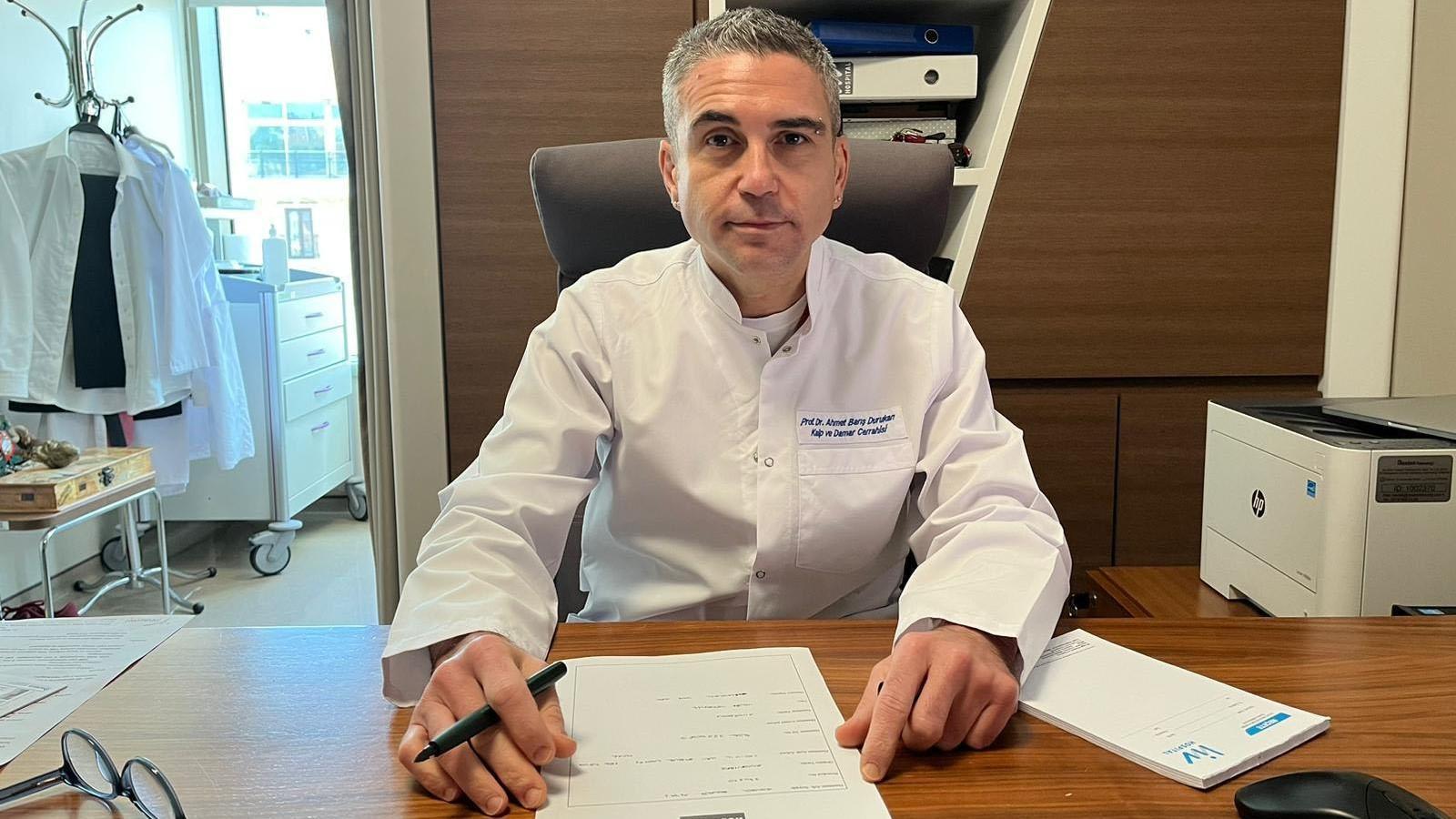Turkish surgeon’s sternum method gets recognition
Meltem Özgenç- ISTANBUL

A Turkish surgeon has etched his name into medical literature with an innovative method designed to facilitate the smooth union of the chest bone after cardiac surgeries.
Professor Dr. Barış Durukan noted that a prevalent issue following open-heart procedures is the re-opening of the chest bone that was closed at the conclusion of the operation, adding that traditional closure techniques using wires carried the risk of cutting the bone, which posed a significant concern in high-risk patients.
"To address this problem, specialized materials costing $2,000 and an additional 40 minutes of time were required. In a bid to prevent this, I've devised a new technique that enables swift and secure closure without the need for specialized materials. This technique has been christened the 'Durukan Weave' and has now made its mark in the medical literature," Durukan explained.
"In the conventional approach, the chest bone is sutured shut using wires. However, in elderly patients, individuals with diabetes and those with bone fragility, there is a risk of re-opening or the development of infections in the region using the routine method. Treating infections in such high-risk patients is time-consuming and comes with high mortality rates. Typically, advanced and costly materials like plates, screws, or titanium clips are employed in these cases."
In the technique known as the "Durukan Weave," which is now recognized in the medical literature, a pattern resembling a braided hair weave is employed using standard materials, ensuring secure closure without the need for additional time.
"This study has been published in a prestigious European journal indexed in the 'Science Citation Index,' and it has also been accepted in the American National Library of Medicine [PubMed] archive. I will be presenting this method at the European Congress next year," Durukan added.
















